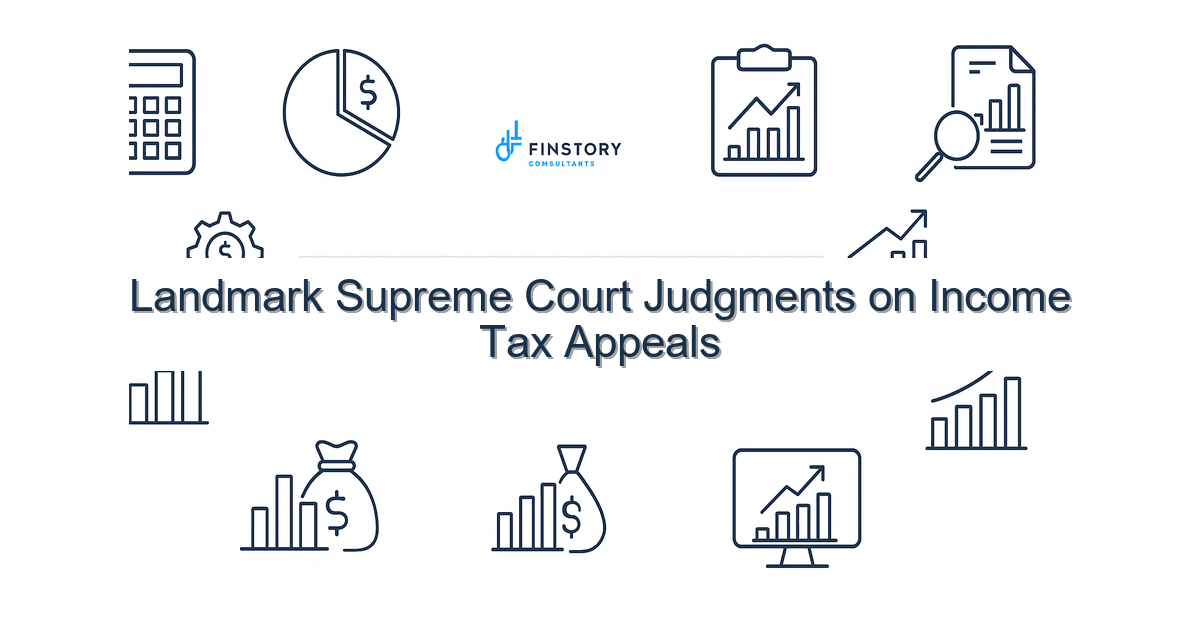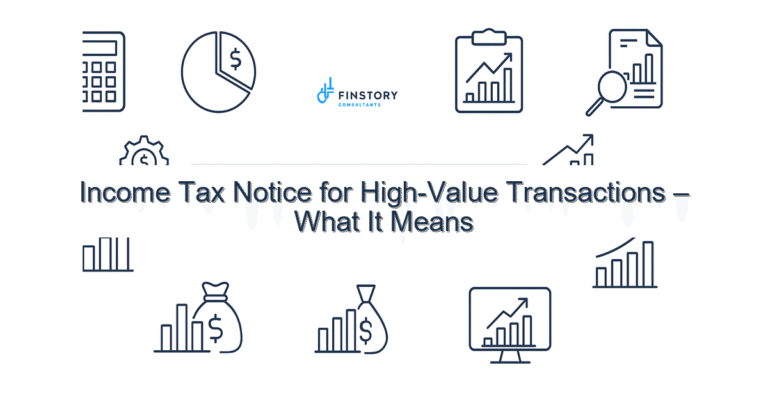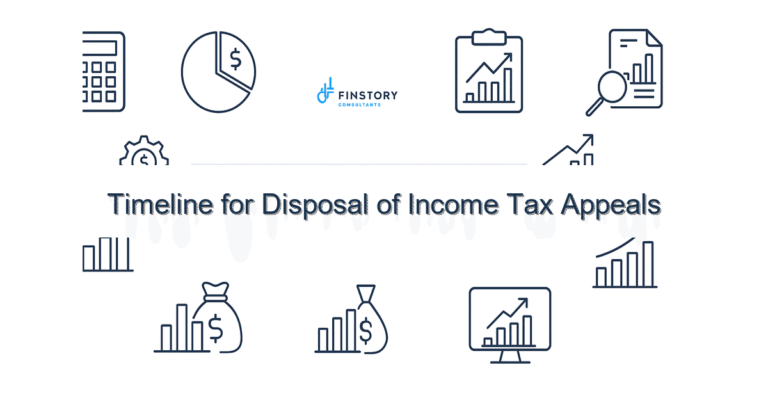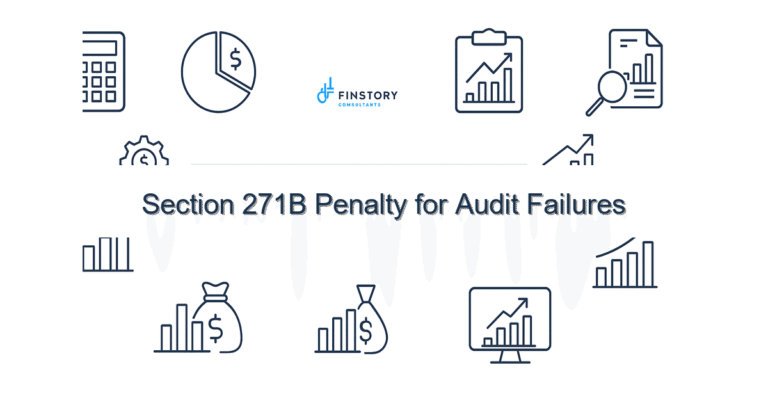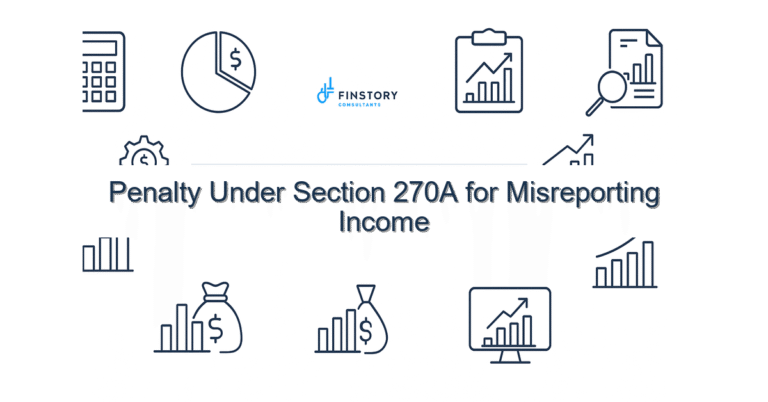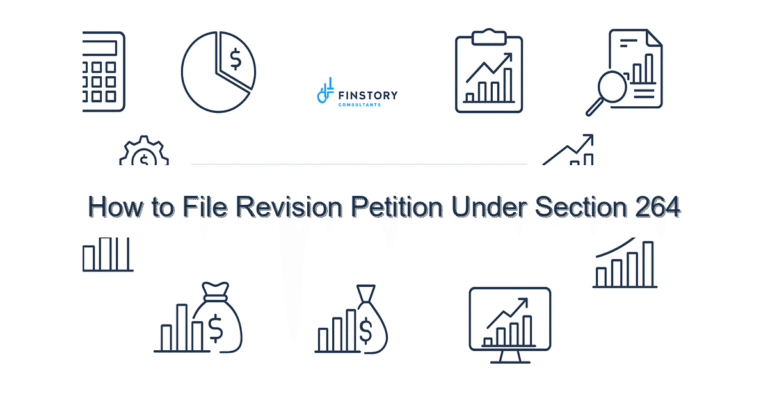Landmark Supreme Court Judgments on Income Tax Appeals
Dealing with income tax notices, demand orders or appeals feels personal — and stressful. You’re juggling business, family and deadlines while a complex legal precedent can change your tax outcome. You’re not alone; most taxpayers feel lost when a Supreme Court judgment is cited against them.
Summary: Supreme Court rulings on income tax appeals set binding principles that affect refunds, demand deferments and the scope of reassessments. Understanding those principles — and using a structured appeals approach — can convert uncertainty into saved tax, fewer notices, and faster closure.
What’s the real problem in India?
Indian tax law is a mix of statute, CBDT circulars, and judicial precedent. When the tax department issues an order, it often invokes prior decisions. For taxpayers, deciphering AY/PY references, CBDT timelines, and multiple e-filing forms makes responding correctly hard. A Supreme Court judgment can change interpretation overnight, affecting appeals at ITAT and High Court levels.
- Symptom: You receive a demand citing a case you’ve never heard of, and the ITR filing last date is approaching.
- Symptom: TDS/TCS credits don’t match AIS/26AS and the department treats it as under-reporting.
- Symptom: You opted the new vs old regime slabs without checking impact on deductions like Section 80C limit.
- Symptom: Capital gains indexation or business expense disallowance triggers surprise tax liability.
What people get wrong
Many taxpayers assume appeals are only for large corporations or that once an AO issues a demand the outcome is fixed. Common mistakes include:
- Missing procedural relief: Not using stay applications or depositing the statutory percentage at the right time based on precedent.
- Blind trust in employer TDS: Ignoring AIS/26AS reconciliation before ITR filing and missing TDS/TCS mismatches.
- Incorrect regime selection: Choosing new vs old regime slabs without modelling Section 80C limit and other deductions.
- Under-prepared appeals: Filing without citing relevant Supreme Court principles that favour routine claims like indexation on capital gains.
A better approach
Use a simple framework that respects legal precedent and practical timelines. Supreme Court judgments matter — but they become powerful only when applied correctly in appeals.
- Diagnose: Reconcile AIS/26AS, bank statements and TDS/TCS; identify the exact legal point the AO relies on.
- Map precedent: Check if a Supreme Court judgment or High Court decision applies; assess whether it’s binding or distinguishable for your AY/PY.
- Plan procedural moves: File stay/appeal within limitation, arrange required deposits, and craft the memorandum of appeal citing the relevant precedent.
- Negotiate where sensible: Use the ITAT or settlement commission route for commercial disputes; push for alternate dispute resolution if available.
- Execute: Keep records, follow e-filing portal timelines, and escalate to High Court only where legal principle is unsettled.
Real-world example: A small tech founder received a demand on alleged undisclosed income. After reconciling AIS/26AS, his adviser invoked a Supreme Court principle about treatment of advance receipts. By filing a focused appeal and a stay application, he avoided a 25% deposit and saw the demand quashed at ITAT — saving over Rs. 4 lakh in immediate cash outflow.
Quick implementation checklist
- Reconcile TDS/TCS entries with AIS/26AS and payroll records this week.
- Confirm your ITR status — file or revise before the ITR filing last date if needed. See [link:ITR guide].
- Identify notices: note AY/PY, sections invoked, and relief sought by the AO.
- Search for relevant Supreme Court or High Court judgments that address the exact legal point.
- Draft a short appeal memo citing precedent; include supporting documents (bank, agreements, invoices).
- If an appeal deadline is close, file a protective appeal/stay and arrange deposit if required under statute.
- Evaluate regime choice: compare new vs old regime slabs with your deductions (including Section 80C limit) for the coming year.
- Document capital gains computation with proper indexation if long-term; attach proof of acquisition cost and sale consideration.
- Keep copies of all e-file acknowledgements and correspondence from the e-filing portal.
- Consider a short consult with a tax counsel before hearing dates; it often reduces fines and deposits.
What success looks like
When you apply Supreme Court principles correctly, measurable outcomes include:
- Higher refund recovery rate (fewer wrong disallowances reversed).
- Lower immediate cash outgo due to reduced deposit requirements on stay.
- Fewer penalty notices and reduced penalty amounts on appeal.
- Faster ITR processing and claim acceptance when AIS/26AS matches.
- Reduced litigation cycles when appeals are focused and precedent-backed.
Risks & how to manage them
Risks include adverse precedent being applied to your facts, missed deadlines, and incorrect deposit calculations. Mitigate these by:
- Timely filing: respect limitation periods and the ITR filing last date for corrections.
- Qualified advice: use tax counsel for appellate strategy—especially where High Court divergence exists.
- Conservative deposits: where uncertain, secure interim relief but avoid overpayment without strategy.
- Document trail: preserve contract dates, receipts and bank proof for capital gains indexation and expense claims.
Tools & data
Use these India-specific tools to prepare a stronger appeal:
- AIS/26AS: Reconcile TDS/TCS credits and detect mismatches early.
- E-filing portal: file ITRs, appeals, and follow case status updates online.
- TDS/TCS tracking tools: third-party software or accounting modules to flag missing credits in real-time.
- Document management: scanned agreements, invoice indexes, and capital gains worksheets with indexation calculations.
FAQs
Q: Can a Supreme Court judgment be applied to earlier assessment years (AY/PY)?
A: Often yes — if the judgment sets a legal principle (ratio decidendi) that is retrospective. You should map the judgment’s operative words to your AY/PY facts and consult counsel on applicability.
Q: If my AIS/26AS shows lower TDS than I claimed, what should I do?
A: First reconcile employer and bank statements. If mismatch persists, request the deductor to correct their TDS return or file a rectification/appeal with documentary proof. Track TDS/TCS corrections on the e-filing portal.
Q: Does choosing the new vs old regime slabs affect appeals?
A: Choice of regime affects taxable income and therefore the appeal quantum. Model both options considering Section 80C limit and other deductions before filing ITRs for the year under appeal.
Q: When should I bring up capital gains indexation in an appeal?
A: Immediately — in the initial paper appeal. Provide acquisition cost proof and computation showing indexation on long-term capital gains; this is a common and often decisive issue.
Next steps
If you’ve received a notice, a demand or are unsure whether a Supreme Court judgment helps your case, take a quick, safe step: reconcile AIS/26AS and gather your primary documents (bank, invoices, sale/purchase proofs). Then reach out so we can map the proper precedent to your facts.
Work with Finstory. Speak with an Expert for a personalised plan to reduce your tax outgo and stay compliant. Book a free 20-min consultation.
📞 Need help with Income Tax in India?
Book a 20-min consultation with our tax team. Individuals, founders & MSMEs welcome.
Prefer email or phone? Write to info@finstory.net
or call +91 44-45811170.
